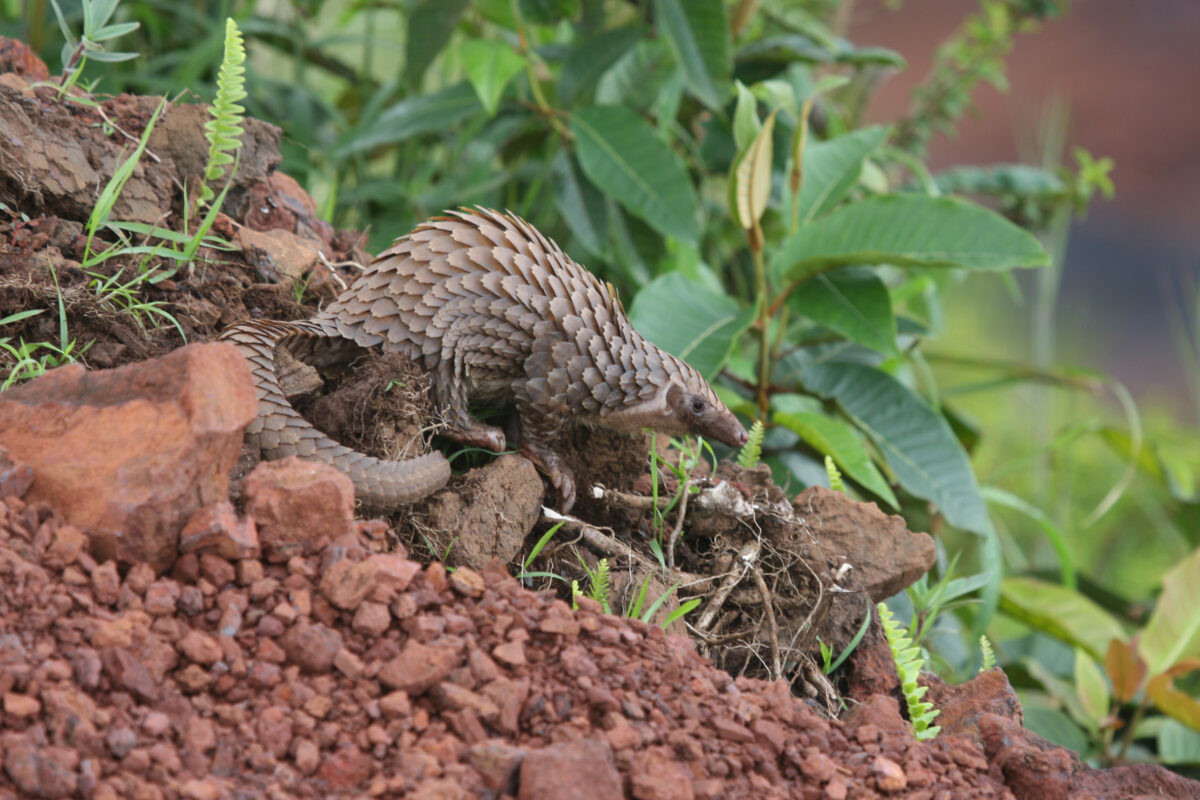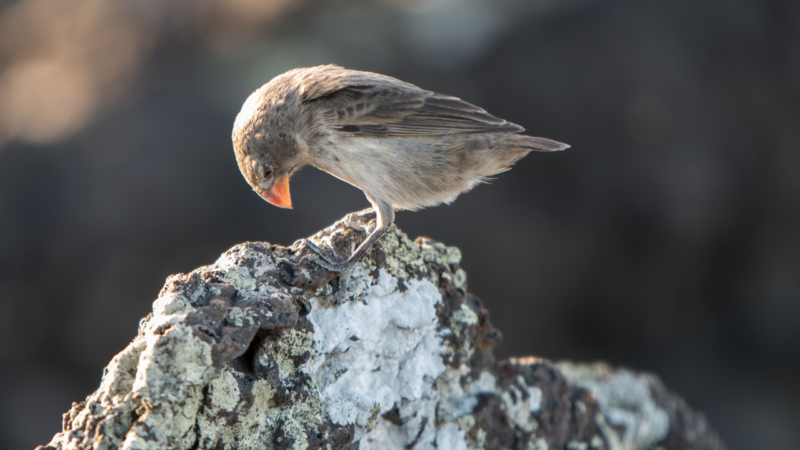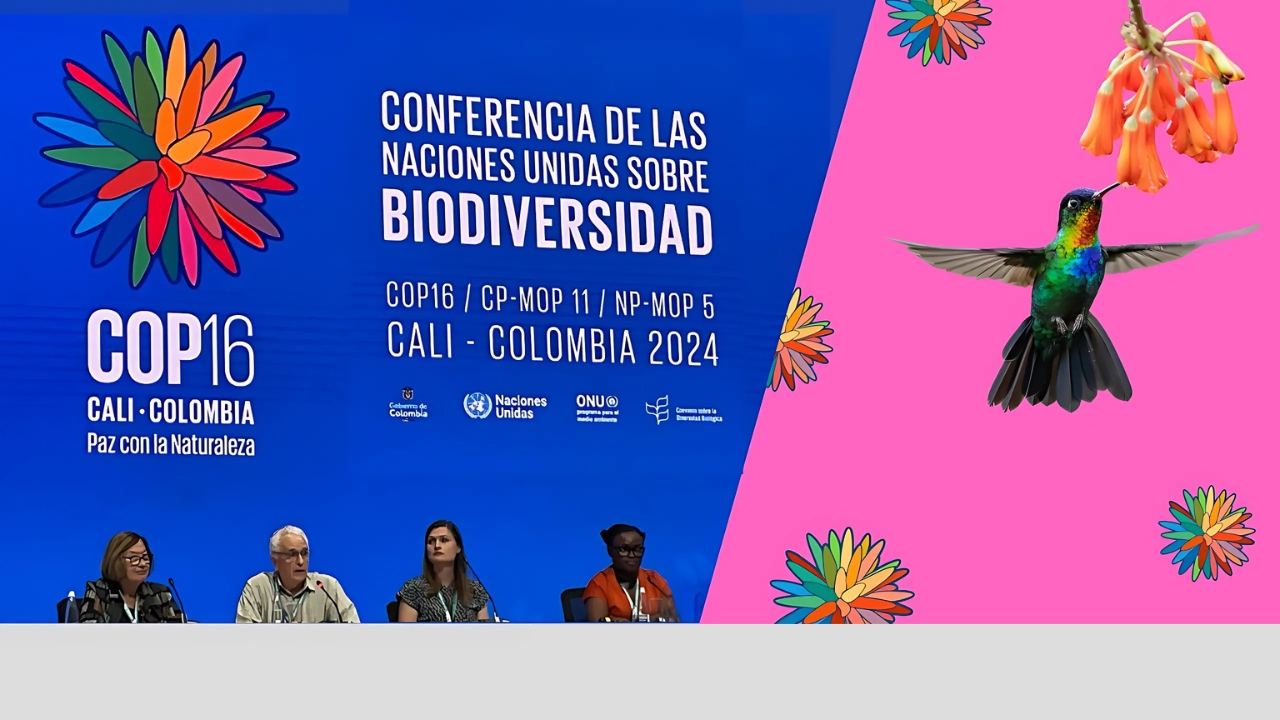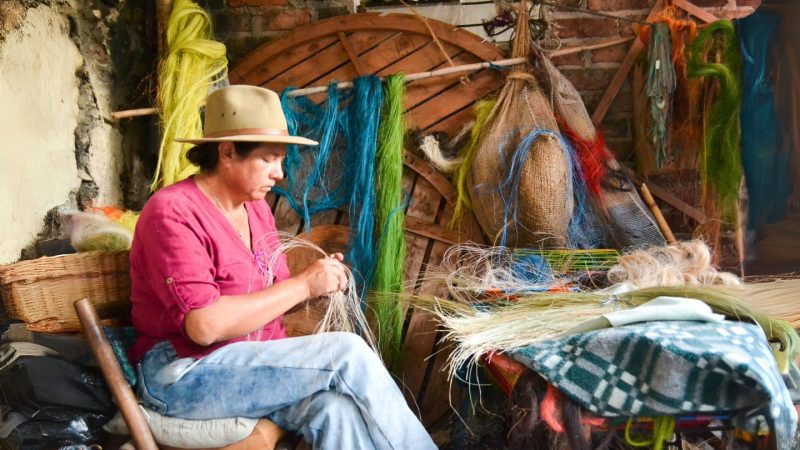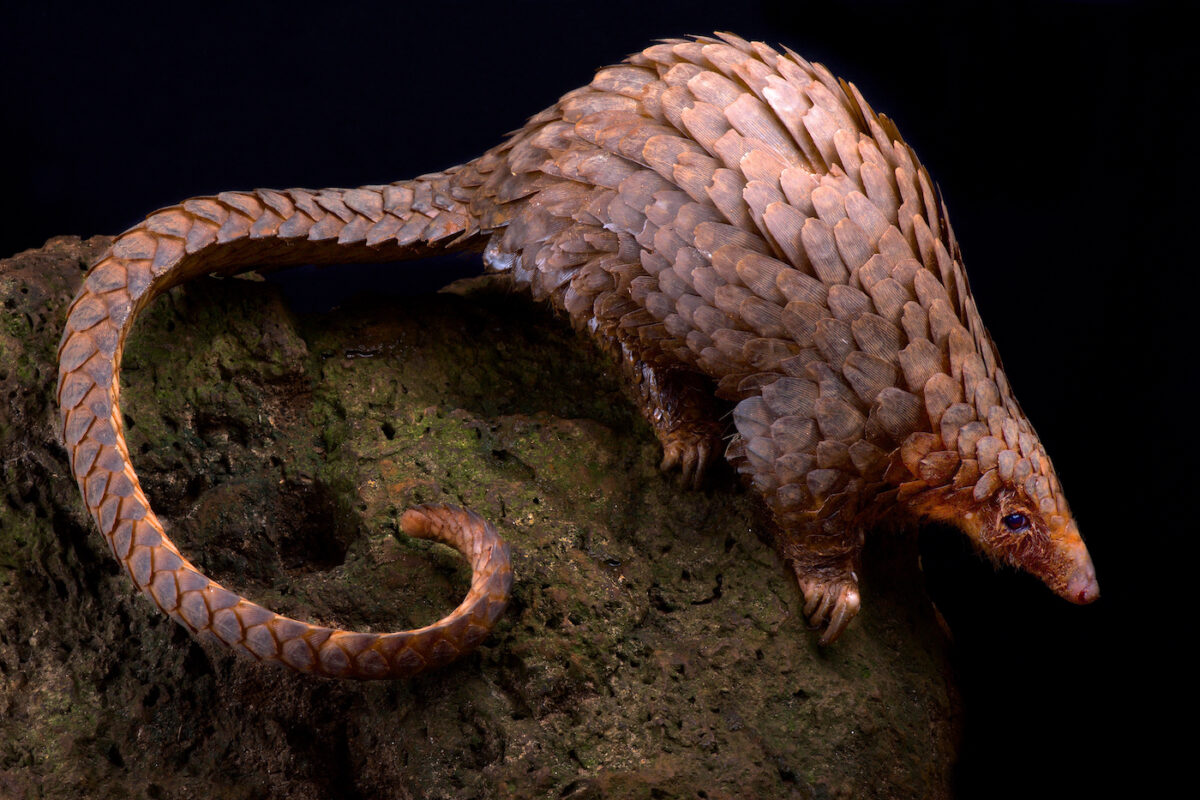
Breakthrough reveals poaching hotspots, trade routes of most trafficked endangered mammal
Powerful genomic approach could boost efforts to slow illegal trade of pangolins
UCLA scientists and colleagues have created a genetic, source-to-destination map of the most trafficked mammal in the world — the pangolin — using samples from living white-bellied pangolins and scales from the animals confiscated at illicit markets.
Disrupting the illegal pangolin trade has proved challenging: The eight different species, found in 23 countries, have a collective range of 2.3 million square miles, and their scales are transported around the world for sale as traditional medicine. The white-bellied African species is typically shipped to China and other Asian countries.
Now, researchers have developed a powerful new approach that uses genomics to identify poaching and trafficking hotspots. Using these findings and research methods outlined in a study published today in the journal Science, law enforcement agencies can now trace white-bellied pangolin products from the international supply chain to the places in Africa where the animals were poached.
“The genetic screening takes a few days and is accurate at locating an animal’s origin to within about 125 miles,” said senior study author Thomas Smith, an evolutionary biologist and founding director of UCLA’s Center for Tropical Research. “Someone could unload a sack of scales from a ship in Hong Kong, and you could take a single scale and determine, for instance, that it came from an animal near the city of Bata in Equatorial Guinea.”
To track the pangolin trade from market to habitat, the study authors mapped the white-bellied pangolin’s genome and collected 111 samples from this species from known localities across Central Africa to genetically map distinct geographic populations. The researchers then took “slices” of genetic material from pangolin scales — sampled from roughly 1 million individual animals — seized from transit in Hong Kong. Matching the two sources, they were able to determine where the most intense poaching is taking place and create a map that follows the trade routes.
Most scales, they found, are first shipped to Nigeria, the major regional hub for distribution. From there, they are transported to markets in countries including China, Thailand, Vietnam, Laos and Singapore. These findings create “new opportunities to disrupt the international wildlife trade and guide anti-trafficking measures,” the authors wrote.
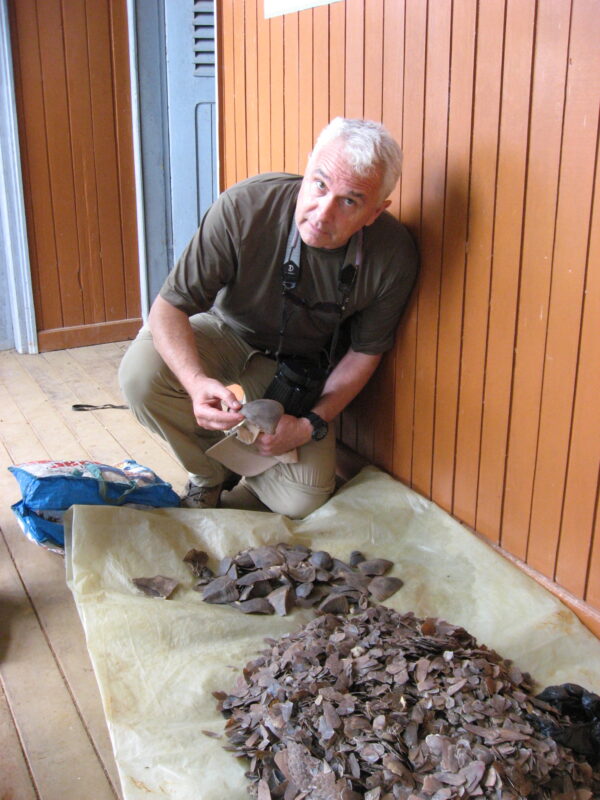
While Nigeria has long been known as a hub for export to Asia, the study shows that only 4% of the animals originate there, Smith noted.
Poaching in Africa moved eastward between 2012 and 2018, the period covered by the research data. Scales collected in 2012 most often matched with West African countries such as Sierra Leone, Liberia and Ghana. By 2018, most came from Cameroon — particularly the southern border, which neighbors Equatorial Guinea, Gabon and the Republic of Congo. Secondary hotspots were identified in northwest Cameroon, near the border with Nigeria, and east Cameroon, along the border with the Central African Republic.
The global trade in illegal wildlife is a $20 billion business conducted by sophisticated international cartels. Pangolin poachers in Africa can sell a single animal for $250 — nearly a year’s salary in many poaching regions — but the majority of the profit goes to trafficking organizations, where researchers and law enforcement agencies believe it is used to fund activities such as the illegal weapons trade, Smith said.
A single recent seizure in Singapore netted 18 tons of pangolin scales, representing “a truly inconceivable number of animals killed,” said UCLA’s Jen Tinsman, the paper’s lead author and a researcher at the Center for Tropical Research.
“We don’t know how many white-bellied pangolins are left because they’re really hard to study in the wild,” Tinsman said. “But we know this level of harvest is unsustainable, no matter the actual population size.”
Pangolins are distinctive, scaly mammals belonging to the order Pholidota that have their own branch of the evolutionary tree — their closest relatives include cats and polar bears. The tree-dwelling white-bellied pangolin species is relatively small, weighing in at 3 to 4 pounds and measuring less than a foot long, while some ground pangolins can grow to 80 or 90 pounds, about the size of a large dog.
All eight pangolin species, four in Africa and four in Asia, are endangered, and the demand for their scales, meat and other parts has pushed three Asian species — the Sunda, Philippine and Chinese pangolins — to the brink of extinction. The International Union for the Conservation of Nature lists them as critically endangered. Once these Asian species became scarce, traffickers turned their attention to Africa and the white-bellied pangolin.
The pangolins are primarily used in traditional medicine that has no evidence of being effective, with a smaller portion being sold for use in exotic meals, the researchers said.
The study supports efforts to track and map pangolin poaching by the Congo Basin Institute, a joint initiative of UCLA and the International Institute of Tropical Agriculture. The institute, of which Smith is a co-director, is based in Yaoundé, Cameroon, and includes two rainforest field stations.
The new research offers hope to the international efforts aimed at ending the killing and trading of the white-bellied pangolin, Tinsman said.
“Developments over the past couple of years have been encouraging,” she said. “If we can get our tracking methods into the hands of enforcement officers in those countries where pangolins are most threatened, it would allow near real-time monitoring of illegal trade and help shut it down.”
